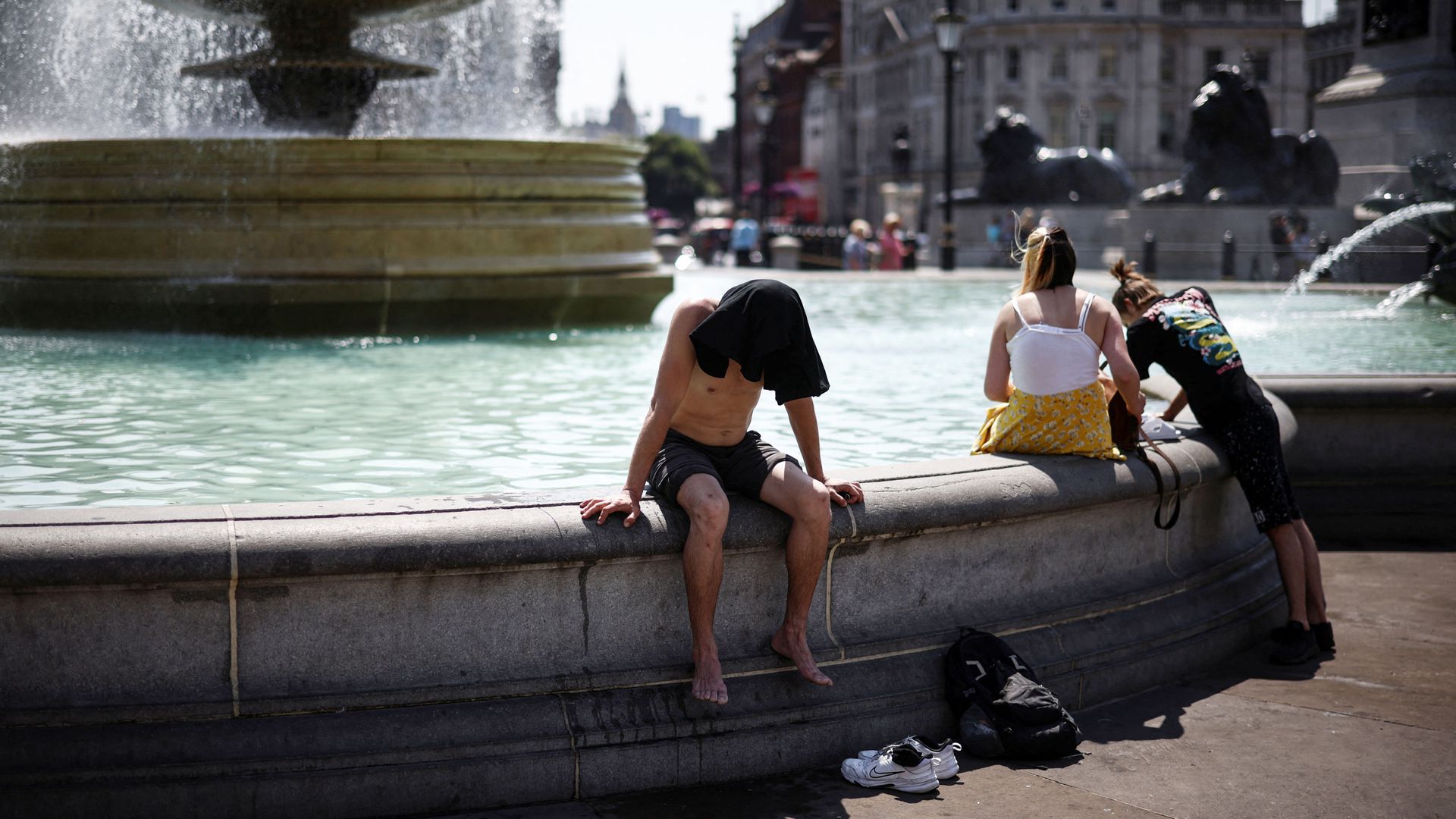London must adapt to a “hotter reality” as the number of days over 30C (86F) rises, new research has warned.
In the last three decades, the capital has seen 116 days above 30C, but more than half of these (59) happened in the last 10 years.
Days above a sweltering 35C are becoming more common too, as are consecutive days above 30C, the analysis by the International Institute for Environment and Development (IIED) found.
Extreme heat can exacerbate other health conditions, make people ill from heat exhaustion and heatstroke, and in some cases cause death.
In the especially hot summer of 2022, which saw five intense heat periods, the UK recorded almost 3,000 excess deaths, while melting roads, rail and runways brought travel chaos.
Tucker Landesmann, a senior researcher on IIED’s human settlements team, said: “London is getting hotter and needs to take urgent action to adapt to this new reality.”
IIED said strategies to adapt London to the growing heat already exist but must be implemented.
Consecutive days above 30C have become more frequent too – in the 1990s and 2000s there were two years in each decade with three or more days in a row over 30C.
But since 2017, every year except 2021 has seen the temperature climb above 30C in London for three or more consecutive days each summer.
The Met Office says UK summers are projected to become hotter and drier with global warming.
Please use Chrome browser for a more accessible video player
The analysis is part of a broader research project undertaken by the IIED independent research organisation to assess how climate change affects the world’s most populous capital cities.
It is just one in a raft of warnings in the last year about the pressing need to adapt the country to climate change, including from the government’s climate advisors and the Environmental Audit Committee of cross-party MPs.
In December the National Audit Office warned the government had “no effective strategy” to protect the country from extreme weather disruption.
Measures to adapt cities for heat include more tree cover and green space to combat the “urban heat island” effect, design features such as insulation and shutters to keep buildings cool, and changed working hours to avoid the hottest parts of the day.
Read more:
Met Office issues thunderstorm weather warnings covering large parts of UK
Be the first to get Breaking News
Install the Sky News app for free
Mr Landesmann acknowledged adapting to a “hotter reality” will require “serious investment” and “bold action”.
“But the costs of not taking action are also high in terms of people’s health and lost productivity,” he said.
Alice Moncaster, sustainable construction professor at University of the West of England, said: “We have many of the answers and technologies already.
“What we need more than ever is the political will and realisation that this problem is fundamental to our survival and must be prioritised over anything else. The time for action is now.”






















